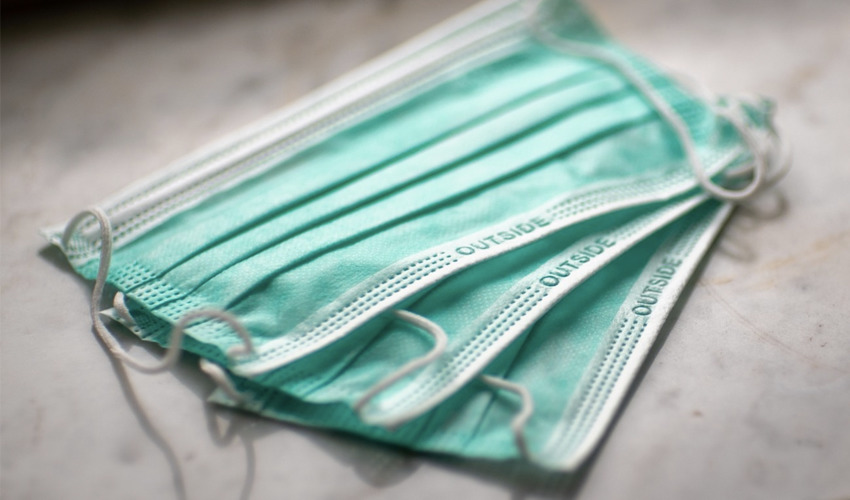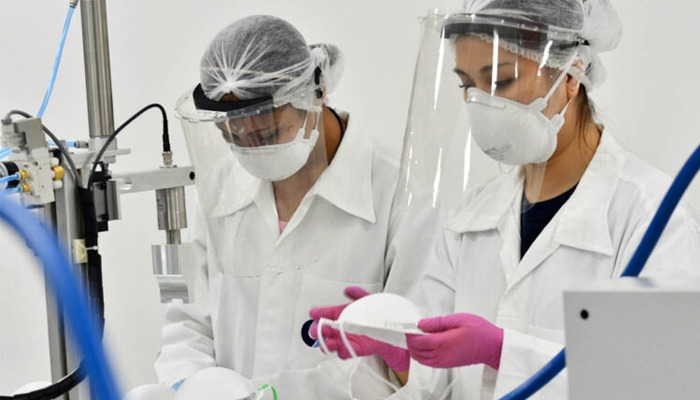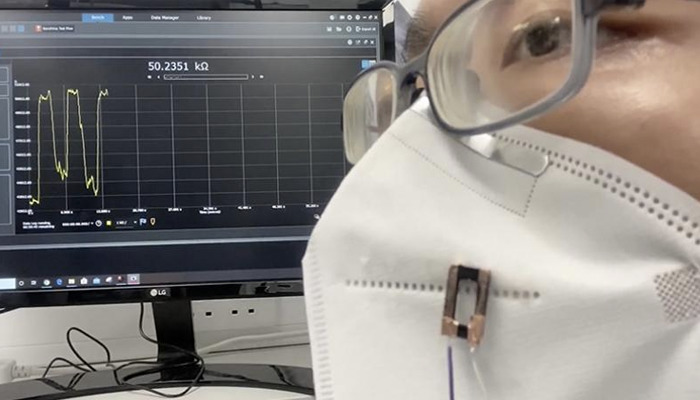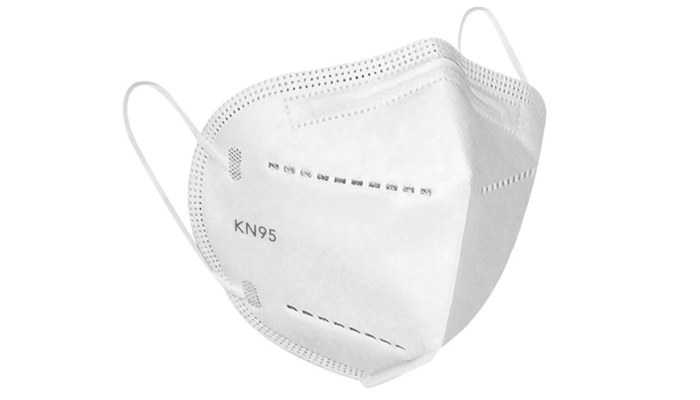3D printed fibers can detect leakage in your protective mask

A research group at the University of Cambridge has 3D printed electronic fibers capable of monitoring health and detecting possible leaks in the masks. How does it work? The tiny transparent conductive devices act as sensors to capture breath, sound, and biological cells. Communicated through the journal Science Advance, this project is especially useful for health monitoring and biosensitivity applications, especially in the context that we currently live in.
Due to the health crisis caused by COVID-19, many 3D printing companies stepped up to manufacture protective gear. In the last months we have seen how technology developed respirators, swabs for virus testing, and other equipment for the healthcare sector. In addition, the use of masks has become the “new normal” in society. However, it is important to pay attention to the quality of these masks to avoid further spread of the virus.

3D printed fibers to ensure better protection
In this context, the research team from Cambridge began to develop this project to find the leaks in masks. From capturing the breath to guiding the biological movements of the cells, the 3D printed fibers are able to “smell, hear and touch”. The researchers opted for 3D printing with silver and semiconductor polymers for the production of the conductive fiber core. Found in a thin polymer sheath, the core resembles a classic electrical wiring, although with a diameter of a few micro centimeters.
With these sensitive fibers, the Cambridge team was able to successfully detect the signs of rapid breathing, shortness of breath, simulated coughing and even track leaks in the fabric of surgical masks, discovering the origin of them. Dr. Yan Yan Shery Huang of Cambridge’s Department of Engineering said, “Sensors made of small conductive fibers are especially useful for volumetric detection of fluids and gases in 3D, compared to conventional thin-film techniques, but it has been a challenge so far to print and incorporate them into devices, and to manufacture them on a large scale”.

The invisible 3D printed fibers can “smell, hear and touch”. (Image credits: University of Cambridge )
The sensor was applied to both cloth and surgical masks. The researchers found that the leaks came mainly from the front, especially when coughing. As for the KN95 masks, they pointed out that the leaks were seen on the sides. Dr. Huang concludes, “Our fiber sensors are lightweight, inexpensive, small, and easy to use, so they could be converted into home test devices to allow the general public to perform self-administered tests to obtain information about their environments.” The team aims to develop this 3D printing with fiber technique for a series of multifunctional sensors, which could eventually detect more breath species for mobile health monitoring or bio-machine interface applications. We will keep you updated on the latest developments.
In the KN95 masks, the leaks typically come from the sides.
What do you think about the invisible 3D printed fibers detecting leakage in our protective masks? Let us know in a comment down below or on our Facebook and Twitter pages! Don’t forget to sign up for our free weekly Newsletter, with all the latest news in 3D printing delivered straight to your inbox!






